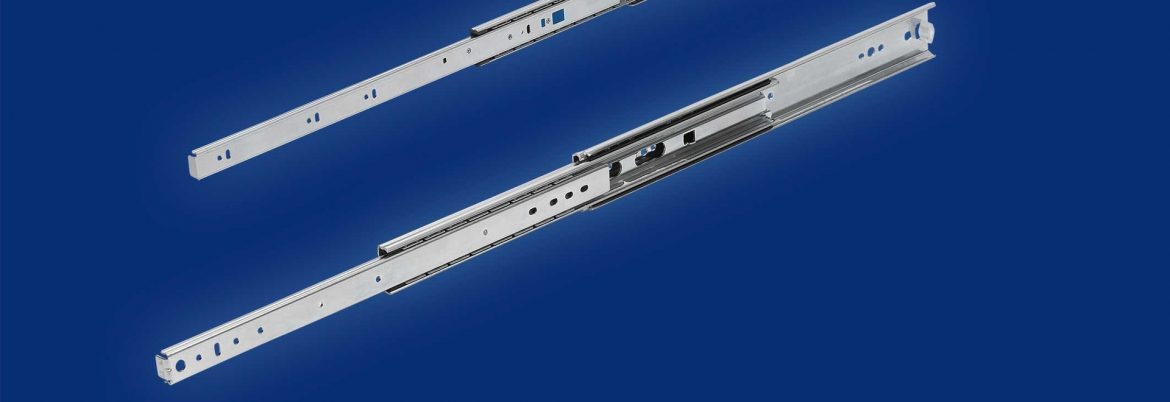Many are the various sorts of linear motion and the bearing services given by local pros. The guias lineales slides are designed to offer unrestricted movement in one dimension. The driving mechanisms move motorized linear slides such as machine slides, roller tables, and dovetail slides. All linear slides provide linear, magnetic, fluid, or linear roller bearings, irrespective of whether they are produced in all kinds. Tables, linear stages, slides, and other advanced slides use linear motion to give many XY axes of movement.

Some of the correct production procedures extend the longevity. Their biggest downside is the higher expense of these products are produced by high-quality manufacturers. Copying the product gives the material a fiber angle which makes the races less sensitive to changes in steel and its quality. The pressure reduces the maximal stress and promotes exhaustion and lifetime. Residual compressive stress can improve the lifespan, especially for those with light to medium loads. Controlled hardnesses have hardness-adjusted rolling components and races.
Cylindrical, spherical, tapered, needles roller types:
Often the rolling element works well in non-ideal situations, but sometimes tiny flaws lead to sudden and mysterious complications. For example, minor vibrations might progressively push the lubricant out between races and reels or balls with the stationary (non-rotating) load (false brine ling). The bearing fails without grease, even if it is not rotating, and hence does not appear to be used. For these kinds of reasons, a great deal of bearing design involves failure analysis. Vibration-based analysis can be used to identify faults.
The following three are the most common limits for lifetime and durability or the maximum load capacity: abrasion, weariness, and pressurized welding. Abrasion happens when the surface is worn and destroyed by heavy pollutants such as chemical substances that scrap the bear and generated material.
Weariness happens when a material is loaded and reused repeatedly and is fragile and sensitive. The ball or roller affects the race, and this poses a possible risk of exhaustion and weariness.
Pressure-induced welding can occur if two pieces of metal are pushed together and form one at exceptionally high pressure. While balls, rollers, and races can look smooth, they are microscopically rough. And this is considered a sudden-induced pressure case.




